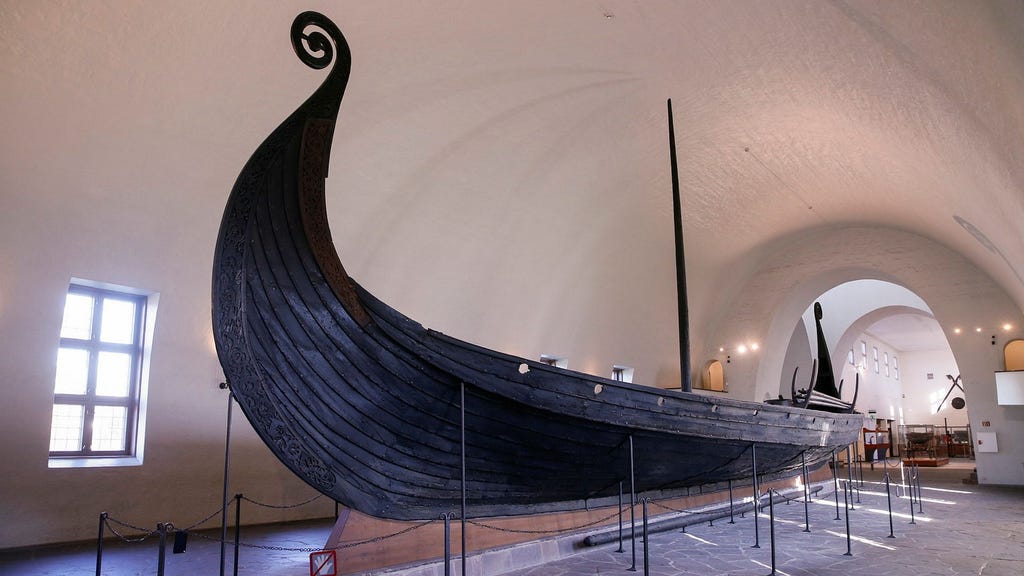The Scandinavian Genetic Footprint on the British Isles: A Story Rewritten by Ancient DNA
The historical narrative of the British Isles often credits the Anglo-Saxons, arriving around 1,600 years ago, and the Vikings, who followed a few centuries later, for introducing Scandinavian ancestry into the British gene pool. This long-held belief has recently been challenged by a groundbreaking study published in Nature, revealing a much earlier Scandinavian genetic presence on the islands, centuries before the traditionally recognized migrations. The study, using innovative analytical methods, examined ancient DNA from across Europe, including a Roman-era individual buried in York, and unearthed unexpected migration patterns that redefine our understanding of early European population movements.
The research, led by Leo Speidel of the Riken Institute in Japan, analyzed the DNA of a man buried in York between the 1st and 3rd centuries AD, likely a soldier or gladiator in the Roman Empire. Astonishingly, the analysis revealed that 25% of his genes were of Scandinavian origin. This discovery pushes back the timeline of Scandinavian genetic influence in Britain by several centuries, predating the Anglo-Saxon and Viking migrations. It raises the intriguing possibility that genetic traces previously attributed to the Anglo-Saxons might actually stem from earlier Scandinavian migrations, reshaping our understanding of the genetic makeup of early British populations.
The study’s findings have significant implications for our understanding of early European history, shedding light on a period often shrouded in mystery. Pontus Skoglund, a researcher at the Francis Crick Institute in London and co-author of the study, emphasizes the limitations of historical records, often written from a Roman perspective, leaving vast gaps in our knowledge. The study’s reliance on ancient DNA analysis provides a powerful tool to peer into these historical blind spots, revealing migration patterns and population interactions that written records often fail to capture.
The researchers employed a novel approach focusing on relatively recent genetic mutations, allowing for a more precise comparison of genetically similar populations. This method differs from traditional approaches that consider all genetic variations, often obscuring subtle relationships between groups. By focusing on these newer mutations, the team was able to trace migration patterns with greater accuracy, revealing a previously unknown migration to Scandinavia between the 6th and 8th centuries AD. This unexpected finding adds another layer of complexity to the history of Scandinavian populations, suggesting a period of significant influx from other regions, potentially coinciding with, or even preceding, the era of Viking expansion.
The study encompassed a vast dataset of genetic information from 1,500 individuals who lived during the 1st millennium AD, providing a comprehensive view of population movements across Europe. This extensive analysis revealed multiple large-scale migrations, painting a dynamic picture of a continent in constant flux. The discovery of the previously unknown migration to Scandinavia suggests a complex interplay of population movements, potentially influenced by factors beyond the traditional narrative of Viking raids. Leo Speidel suggests the possibility of Vikings bringing individuals back to Scandinavia after their raids, adding another dimension to the story of Viking expansion and its impact on Scandinavian demographics.
This groundbreaking research challenges established narratives and opens new avenues for understanding early European history. The discovery of a substantial Scandinavian genetic presence in Roman-era Britain significantly rewrites the timeline of Scandinavian influence on the British Isles. The innovative methodology used in the study, focusing on recent genetic mutations, offers a powerful tool for uncovering hidden migration patterns and population interactions. The study’s findings on migration to Scandinavia during the Viking Age add further complexity to our understanding of the era, hinting at a more intricate story than previously imagined. As ancient DNA research continues to advance, we can anticipate further revelations that will challenge existing historical paradigms and reshape our understanding of the past.














